Great Ape
Gorillas in our midst (with wild pigs, too): Inside the wondrous new Houston Zoo habitat
Get ready to go bananas. The highly-anticipated $28 million gorilla habitat at the Houston Zoo, located in the African Forest section, opens Friday, marking the first time the zoo has been home to a great ape since 2004.
“I think it will bring in huge crowds. Everyone stops me as I’m walking around the zoo to ask when the gorillas are coming. Everyone is really excited,” Jill Moyse, primate supervisor at the Zoo, told CultureMap.
"By seeing them at the zoo, they can learn more about the gorillas and make choices in their everyday lives to help save gorillas in the wild.”
The two-acre enclave is especially important because the western lowland gorilla’s native habitat in central and west Africa is shrinking largely due to the expansion of mining and agriculture in the area. The already-dwindling population faces the added threat of illegal hunting.
“The Zoo supports conservation of gorillas in the wild through veterinary procedures that help protect gorillas, through local community education initiatives and through local people working to protect gorillas in the wild,” Peter Rieger, vice president of conservation, explained.
“(The exhibit) is really important," Moyse added. "A lot of people are never going to get the chance to go to Africa to see western lowland gorillas. By seeing them at the zoo, they can learn more about the gorillas and make choices in their everyday lives to help save gorillas in the wild.”
CultureMap got a sneak peek of the state-of-the-art facility. Here’s what to expect when you go.
Keep your eye out for seven gorillas
The exhibit features two groups of western lowland gorillas. The first is a family of four including male silverback Zuri, and three females: Holli and daughters Sufi and Binti. Three bachelor male gorillas, Chaka, Mike and Ajari, make up the second group.
Cheeky neighbors
The gorillas share the space with a trio of red river hogs. Houston is the first zoo in the world to combine the two species, both originally from the same forest lands in Africa. The hogs are restricted to the lowland meadow-area so that they don’t uproot the lush vegetation; thus, giving the gorillas plenty of alone time since they have access to the entire grounds.
The expansive habitat is decked out
Your first chance at spotting a gorilla is at the Arrival Building. Floor-to-ceiling windows overlook the lower level of the African forest-like meadow, where the red river hogs can be found rooting in the mud or cavorting through the riverbed. From here, gorillas cross to higher ground via large artis-created fallen trees.
Guests exit the rear of the Arrival Building onto an outdoor path adorned with an African artwork guide. Make your way to the Chevron Lookout where you’ll spot gorillas amid 100-year-old oak trees and greenery, and in in the gorilla gathering pool. Up ahead, a 20-foot waterfall cascades down mountainous terrain as the trail leads you to the final leg of the gorilla journey, the Great Ape Gallery.
Bachelor pad
The Robert and Janice McNair Foundation Great Ape Gallery houses the group of bachelor gorillas. The room is equipped with platforms and oversized ropes for the gorillas to play and interact with one another as you view through large glass windows.
Party time
Located above the gallery is The Nau Family Gorilla Treehouse, a venue for private dinners and company meetings with a bird's-eye view of the exhibit.
You can make a difference
A portion of your ticket to the Zoo ($16 for adults; $12 for children ages 2-11) goes toward protecting endangered species like the apes. While you don't need to buy a separate ticket to visit the gorilla habitat, you may want to purchase your ticket online ahead of time and skip lines at the gate.

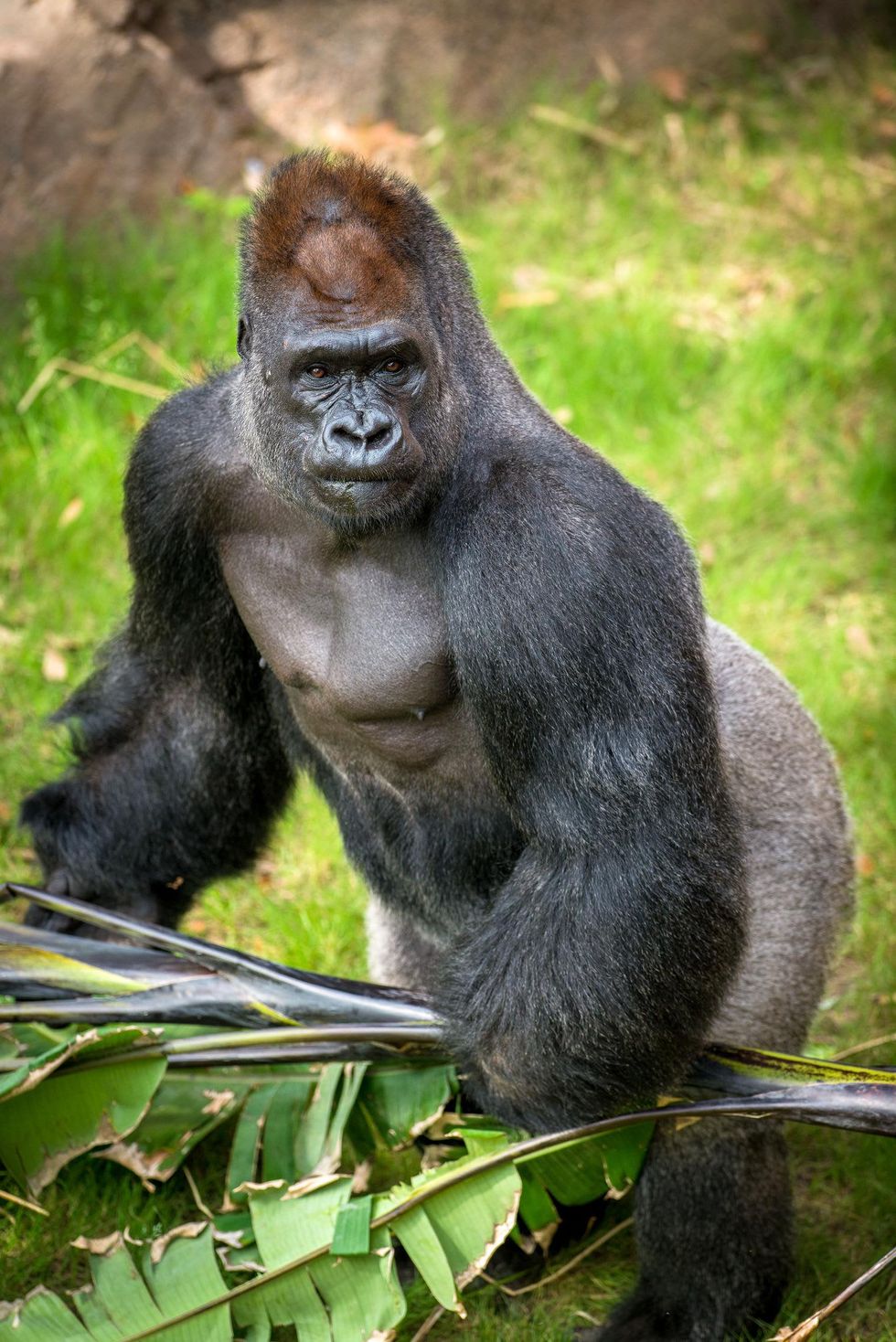
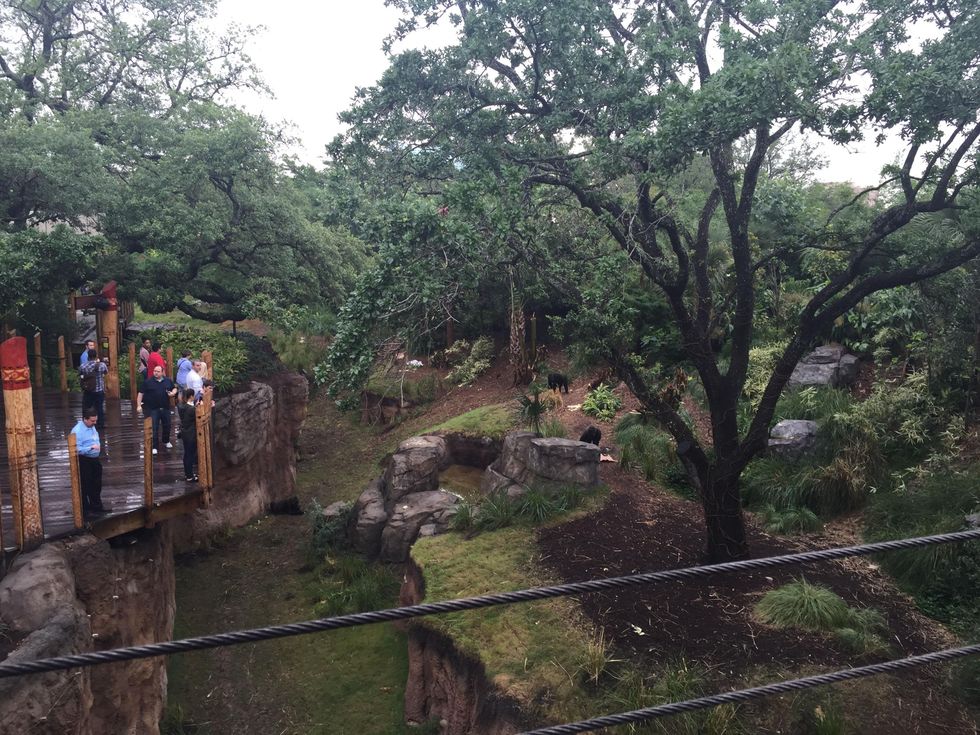
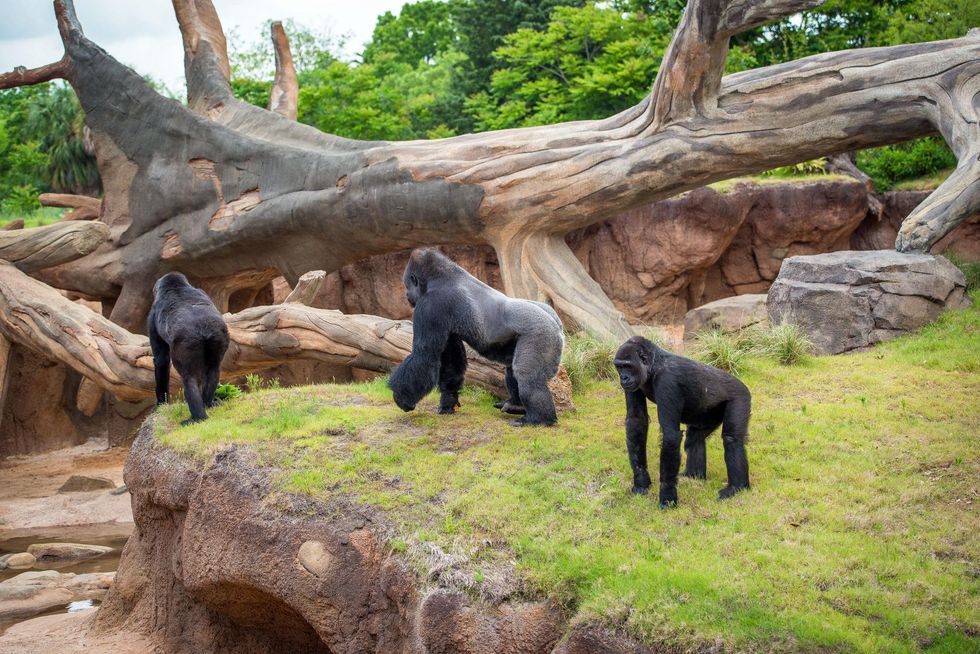
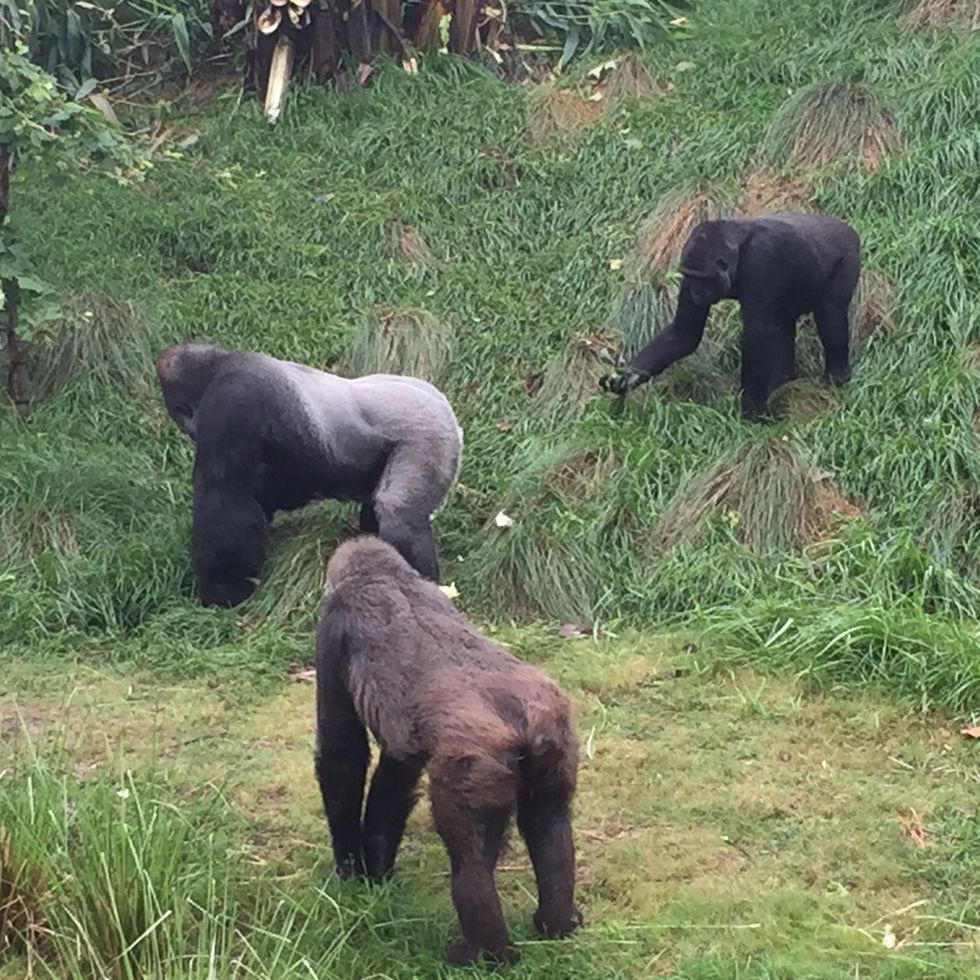
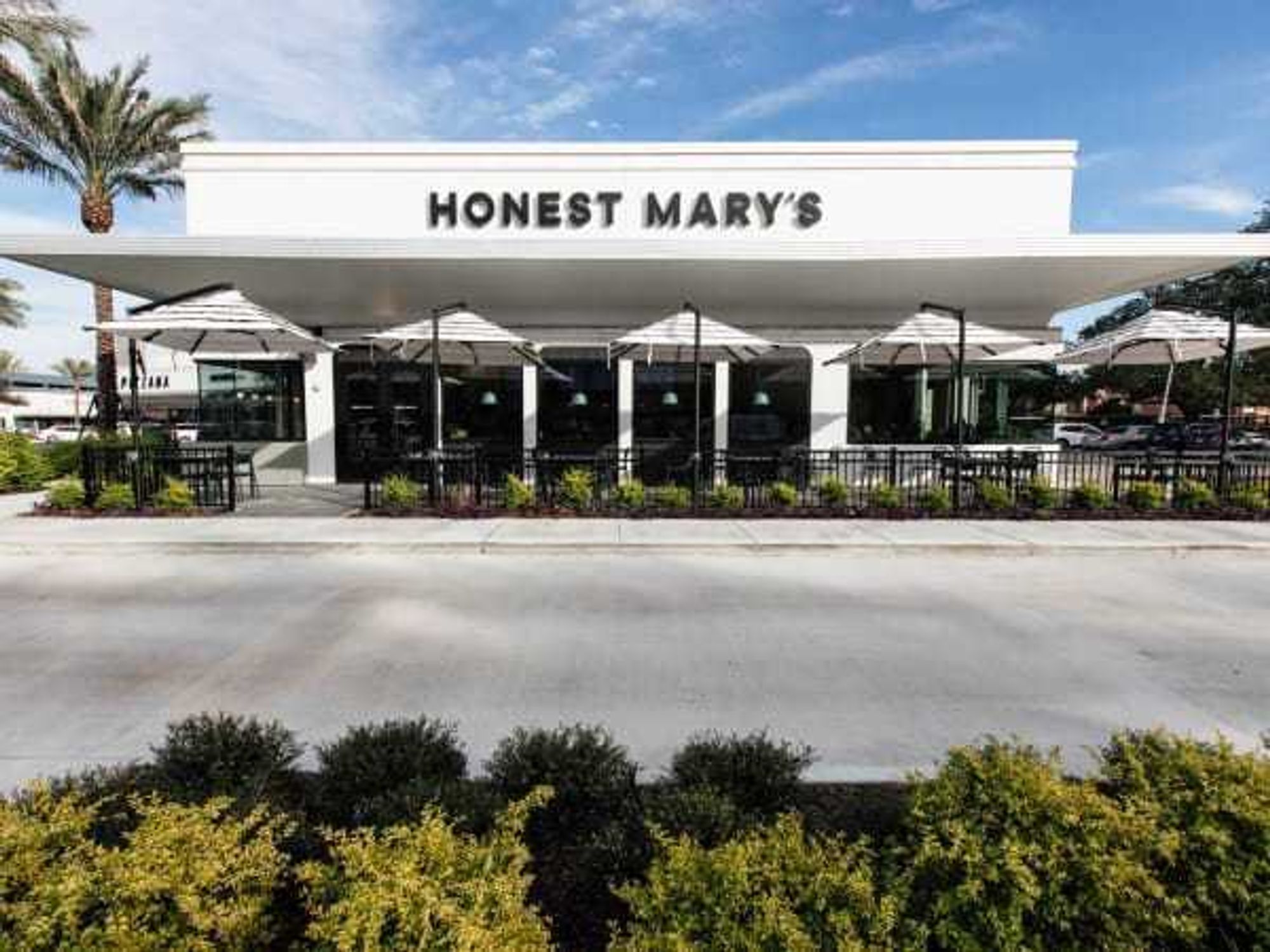
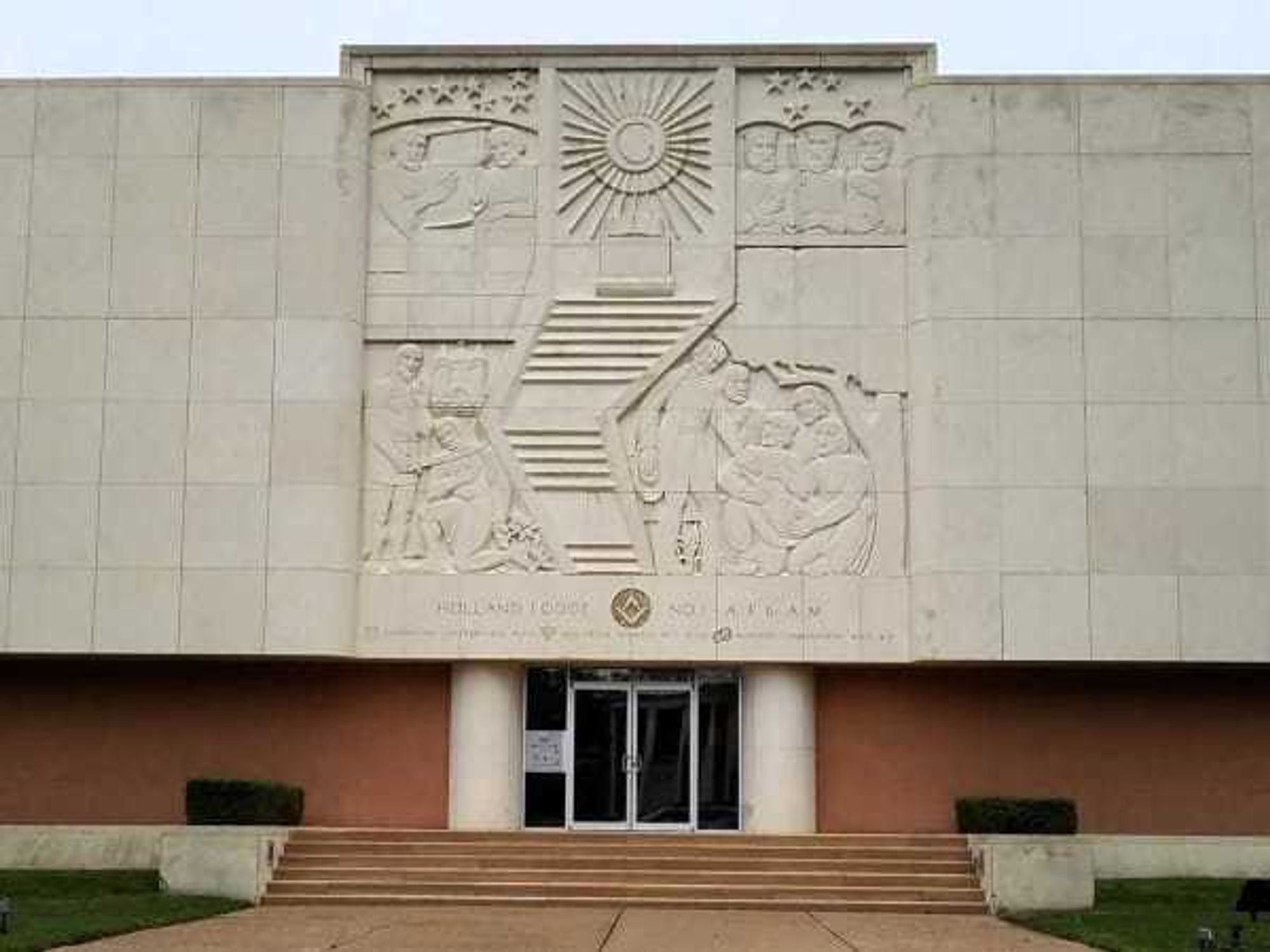 The building at 4911 will be torn down for the new greenspace. Holland Lodge No. 1, A.F. & A.M./Facebook
The building at 4911 will be torn down for the new greenspace. Holland Lodge No. 1, A.F. & A.M./Facebook